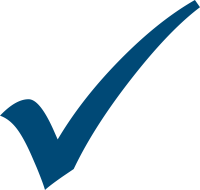Accreditation

Get LPA accredited
Learn everything you need to know about LPA accreditation including how to renew your accreditation, how to become accredited for the first time and how to meet specialty requirements.

Learn everything you need to know about LPA accreditation including how to renew your accreditation, how to become accredited for the first time and how to meet specialty requirements.